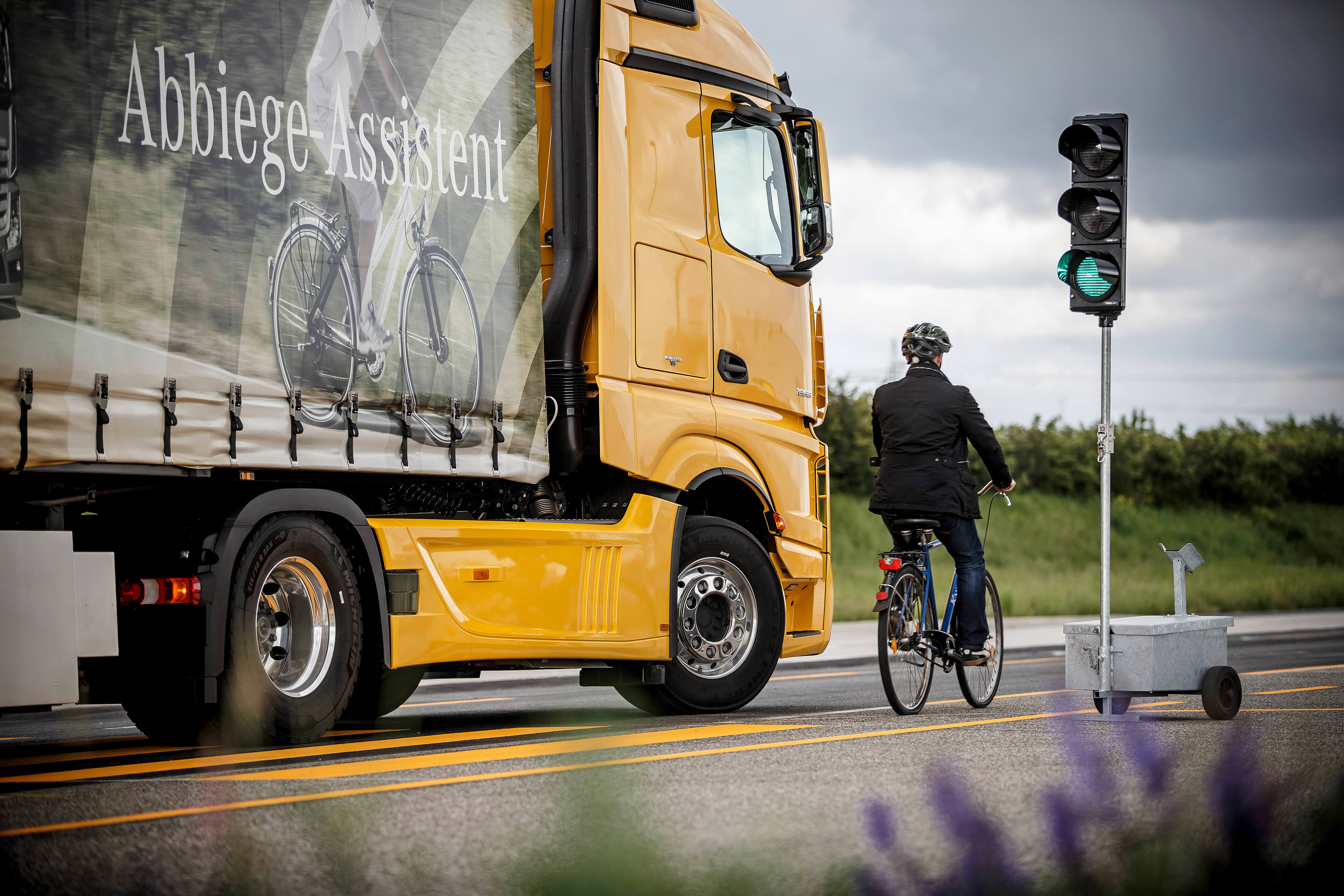Digital connectivity
Many of the assistance systems mentioned here and available on the market are good examples of the increasing automation of commercial vehicles. In general, automation is a key factor in bringing about long-term change in the commercial vehicle sector as a whole. The study “Delivering Change – The Transformation of the Transport Sector by 2025” published in 2016 by management consulting firm McKinsey & Company sees automation technology as one of the key growth drivers in the logistic sector for vehicle manufacturers and supplies as well as transport companies and freight forwarders. The study identifies autonomous driving as the most significant trend. The study projects that, by 2025, one in three commercial vehicles sold in Europe will be able to drive fully automatically in certain driving situations such as on the highway.
In addition to automation, McKinsey & Company also believes that connectivity will make an impact on the logistics industry over the coming years. Connectivity – that is, the networking of vehicles among each other as well as with the infrastructure – is the key requirement for a technology that almost all players in the commercial vehicle sector expect to bring even greater efficiency and safety in day-to-day business: platooning or, in other words, highly automated convoy driving. The fact that commercial vehicle manufacturers laid the foundations for this technology long ago was demonstrated by the “European Truck Platooning Challenge” in April 2016, in which DAF, Iveco, MAN, Mercedes- Benz, Scania and Volvo all took part.
To test the systems required for automated and connected vehicles in real road traffic, the German Federal Ministry of Transport and Digital Infrastructure set up the “digital highway test field” on the A 9 between Munich and Nuremberg back in 2015. Since then, truck platoons have regularly driven along this route. It was also on this roadway in spring 2018 that electronically linked trucks started to be operated as part of regular business operations during the test phase agreed between logistics group DB Schenker and MAN. When does it make sense to form a platoon? What is the best way to form and disband platoons according to the individual situation and traffic conditions? These are just two of many questions that the parties plan to answer in the course of the project.

